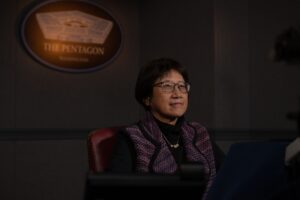
Senior Pentagon leaders will convene this fall to consider which projects from the first round of the department’s new rapid experimentation campaign to address joint warfighting capability gaps will receive funding for rapid fielding, a lead official said Tuesday. Heidi Shyu, the under secretary of defense for research and engineering, said the Deputy’s Action Management Group (DMAG) — which brings together the four-star leaders of the military services, combatant commands and joint staff and is led by the deputy defense…

 By
By 











